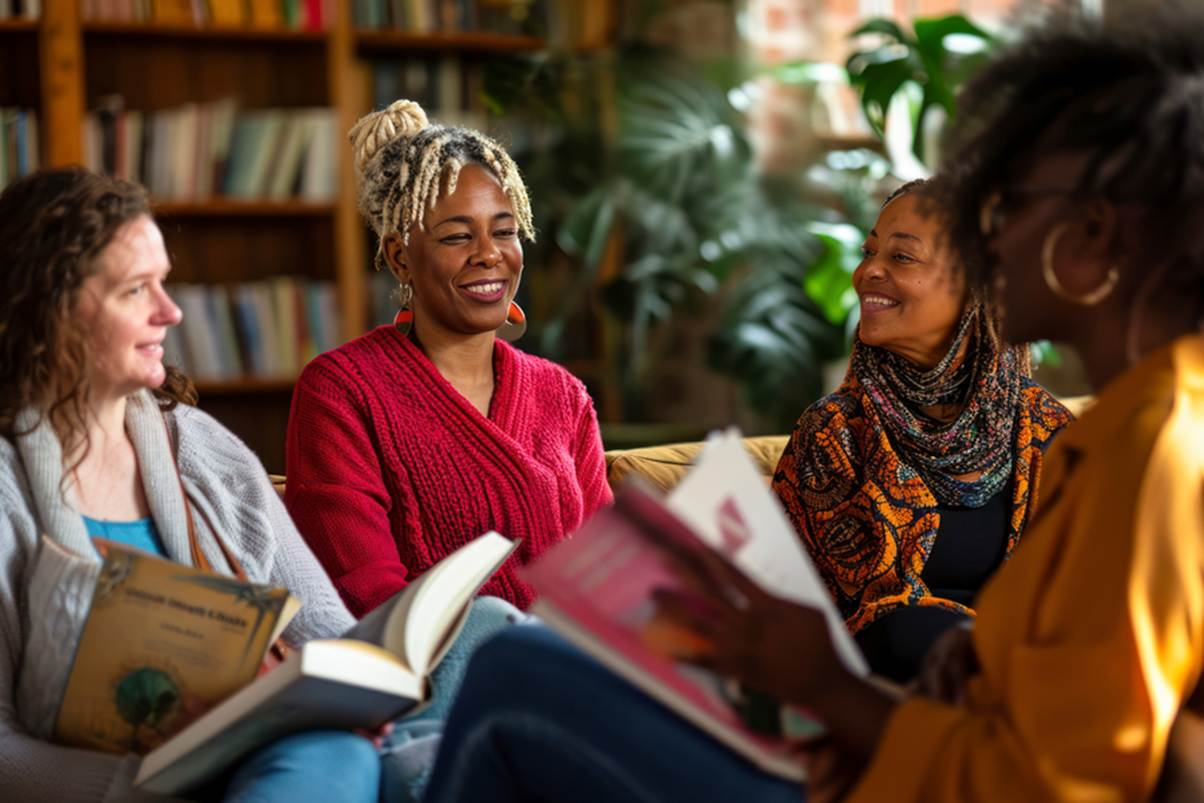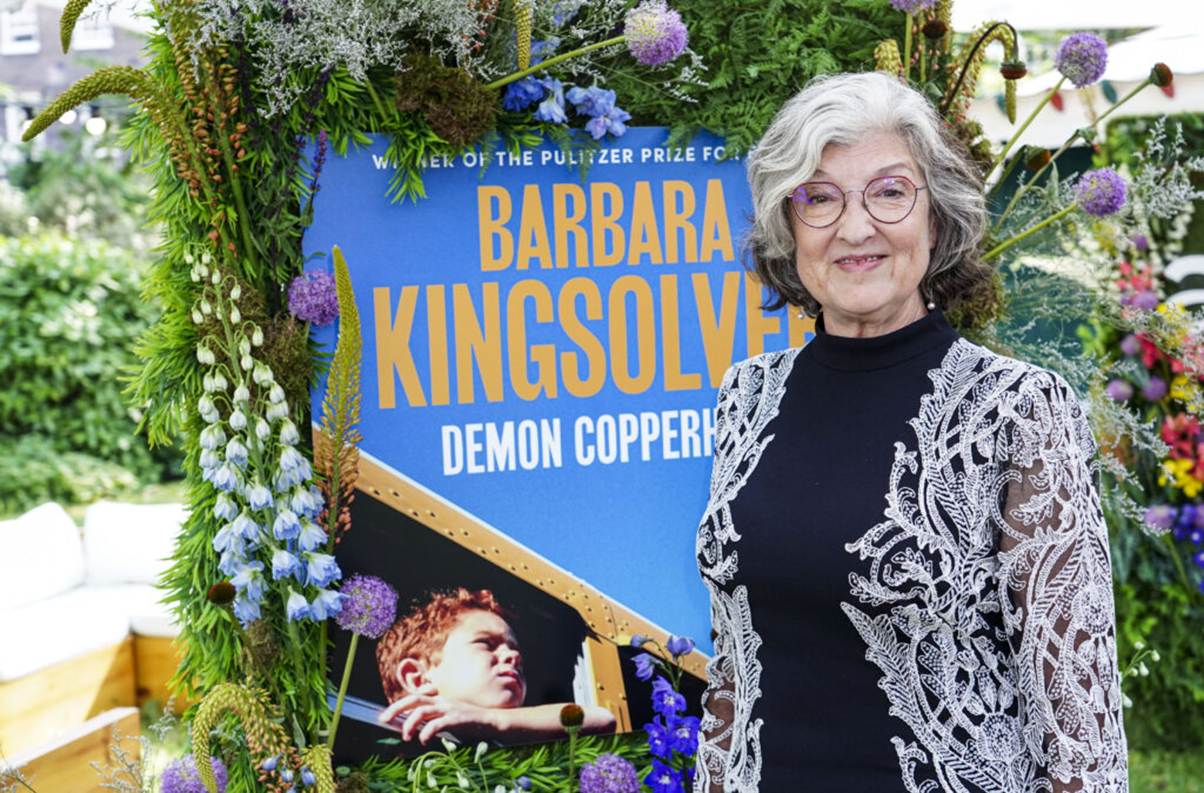
Literature has been immeasurably enriched by women’s voices, each narrative offering fresh perspectives and profound insights. At All Top Books, we celebrate the breadth of women’s writing—from pioneering classics to bold experimental works—recognizing the vital role these authors play in shaping literary culture. This article honours women writers across eras and genres, highlights the prizes that bring their work to wider attention, and showcases how All Top Books continues to champion these remarkable talents.
Key Takeaways
- Women’s voices have long enriched literature, from medieval mystics and 19th-century novelists to today’s bold genre-defiers.
- Themes and forms have continually evolved, with women authors pioneering narrative techniques and exploring identity, memory, and social justice.
- Literary prizes amplify recognition, with awards such as the Women’s Prize and Stella Prize helping to spotlight outstanding work across the globe.
- Grassroots support plays a vital role, with independent bookshops, festivals, and small presses sustaining a diverse and inclusive literary culture.
- All Top Books actively champions women writers, offering curated lists, exclusive content, and collaborative promotions with UK independents.
Virginia Woolf. Zora Neale Hurston. Doris Lessing.
Women writers didn’t just tell stories—they reinvented how stories are told.
A Brief History of Women’s Writing
Early women writers carved space for themselves against formidable odds. In medieval England, mystic Julian of Norwich composed Revelations of Divine Love, one of the earliest known works in English by a woman.
Centuries later, the Brontë sisters adopted male pseudonyms to sidestep societal prejudice, while Jane Austen’s Pride and Prejudice and Sense and Sensibility offered sharp social commentary that significantly influenced the development of the English novel.
Despite educational barriers and expectations to remain confined to domestic roles, these authors laid essential groundwork for a richer, more inclusive literary canon.
The Evolution of Themes and Forms

The twentieth century saw women writers pushing boundaries in style and subject matter. Virginia Woolf’s Mrs Dalloway pioneered the stream-of-consciousness technique to illuminate the interior lives of her characters. Zora Neale Hurston’s Their Eyes Were Watching God celebrated Black womanhood and Southern folklore. Doris Lessing’s The Golden Notebook dismantled conventions with its experimental structure and political depth.
In recent decades, women have continued to innovate across genres—embracing memoir, speculative fiction, and graphic novels to interrogate identity, memory, and power. The rise of digital self-publishing and social media has further amplified underrepresented voices, enabling storytellers from all backgrounds to reach global audiences.
Spotlight on Prizes: What They Do and Don’t Do

Literary awards shine a spotlight on women writers, offering both recognition and readership. The Women’s Prize for Fiction and Women’s Prize for Non-Fiction made headlines in 2025, honouring Yael van der Wouden’s The Safekeep and Dr Rachel Clarke’s The Story of a Heart, respectively. Each winner received £30,000 and a distinctive statuette.
These awards are not gatekeepers but visibility engines—introducing new names to readers, sparking conversation, and inspiring aspiring authors. Other significant accolades include Australia’s Stella Prize, the Rathbones Folio Prize, and PEN’s Open Book Award—all of which expand the spectrum of voices receiving recognition.
Global and Grassroots Recognition
Recognition isn’t confined to major prizes. Japan’s Akutagawa Award, Spain’s Premio Planeta, and Africa’s Caine Prize elevate local voices to international platforms. Closer to home, independent bookshops, literary festivals, and reading groups advocate for women’s writing year-round. Small presses, in particular, take creative risks on new authors, ensuring diverse narratives continue to flourish.
At All Top Books, we collaborate with UK independents to promote both iconic authors and exciting debut voices—fostering a vibrant and inclusive reading culture.
How Women Writers Shape Culture
Women writers frequently lead in exploring complex social issues. Through fiction, memoir, and essays, they delve into themes of gender, race, class, and sexuality—often catalyzing broader societal reflection. Literary adaptations, from Sally Rooney’s Normal People to Margaret Atwood’s The Handmaid’s Tale, bring these narratives to television and film, engaging global audiences in critical dialogue.
Online book clubs and reader forums have deepened this engagement, providing platforms for analysis, shared perspectives, and even activism.
Recommended Reads: From Timeless to Trailblazing
Category | Author | Title | Year |
Timeless Classics | Jane Austen | Pride and Prejudice | 1813 |
| Toni Morrison | Beloved | 1987 |
Modern Masterpieces | Zadie Smith | White Teeth | 2000 |
| Maggie O’Farrell | Hamnet | 2020 |
| Octavia Butler | Kindred | 1979 |
Emerging Voices | Yael van der Wouden | The Safekeep | 2025 |
| S. K. Ali | Saints and Misfits | 2017 |
| Tsitsi Dangarembga | This Mournable Body | 2018 |
- Pride and Prejudice captures Austen’s wit and incisive social critique.
- Beloved explores the haunting legacy of slavery with poetic intensity.
- White Teeth weaves multicultural London stories with humour and depth.
- Hamnet offers a lyrical portrait of grief and maternal love.
- Kindred merges science fiction with searing historical reflection.
- The Safekeep, 2025 Women’s Prize for Fiction winner, explores repressed desire and post-war amnesia.
- Saints and Misfits and This Mournable Body present diverse, boundary-defying narratives.
Conclusion: Women’s voices in literature
Women’s writing has shaped literature, society, and culture—from the medieval mysticism of Julian of Norwich to today’s genre-defying innovators. These authors expand our understanding of the world and of ourselves.
Explore our selections at All Top Books, sign up for personalized reading recommendations, and help us champion the voices of women—past, present, and future.
Discover your next great read and support independent bookshops with All Top Books—where every story matters.
Further Reading
- The Evolution of Women’s Writing – From Austen to Atwood: An exploration of how women authors have navigated societal constraints to reshape literary forms and themes, from the 19th century to the present.
- The Queen of Suspense: How Ann Radcliffe Inspired Dickens and Austen – Then Got Written Out of the Canon: An article examining Ann Radcliffe's influence on Gothic literature and her subsequent marginalisation in literary history.
- The Significance of Female Authors in the Literary Canon: An analysis of how incorporating female authors has enriched the literary canon, offering diverse perspectives and narratives.


